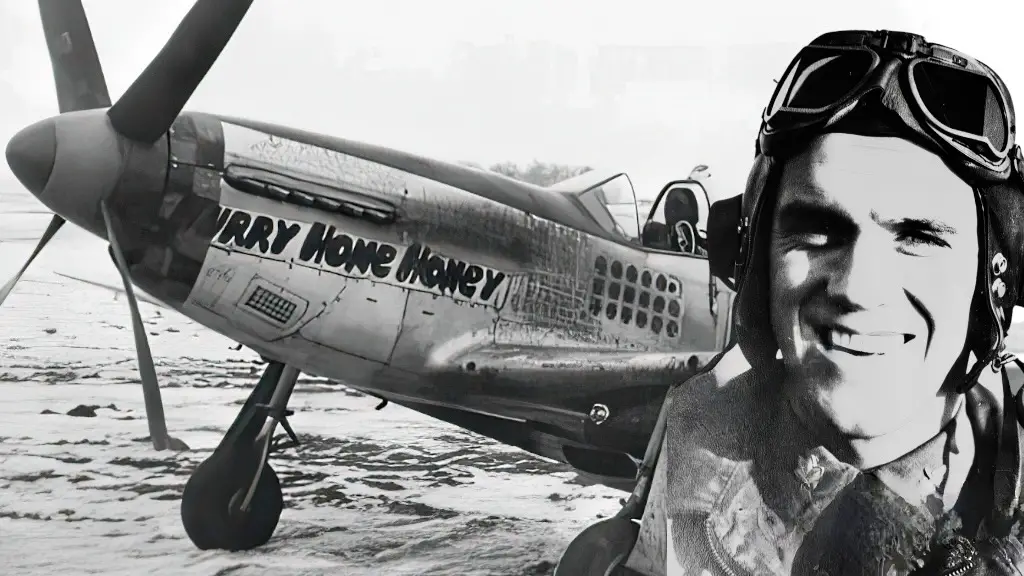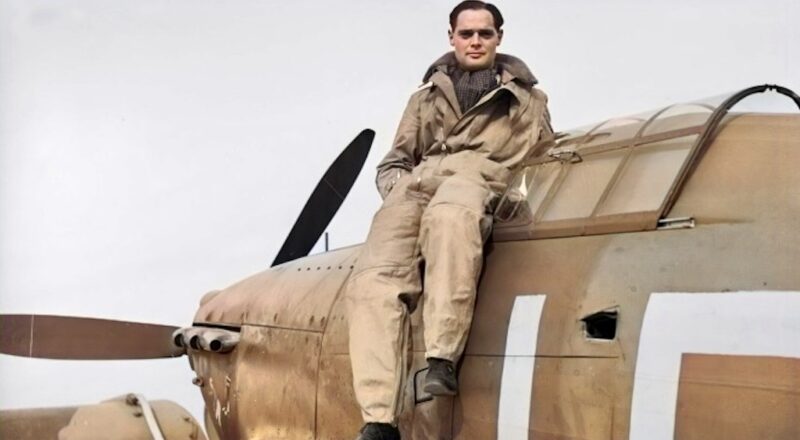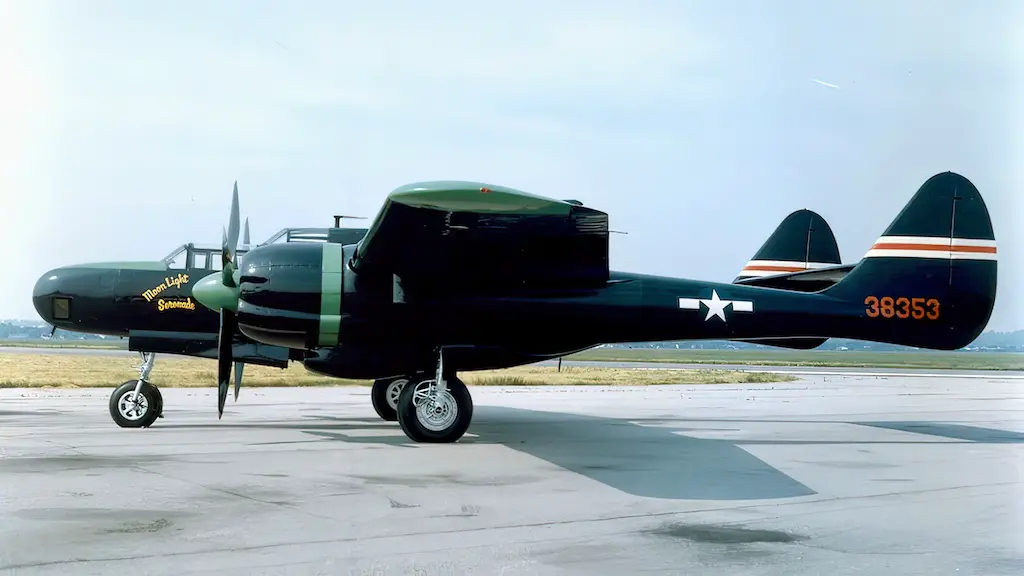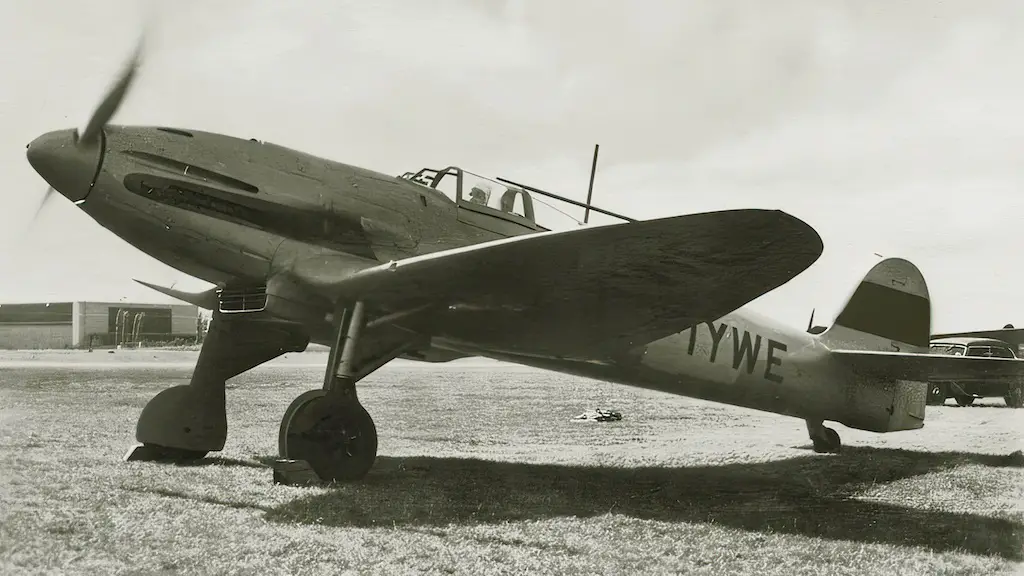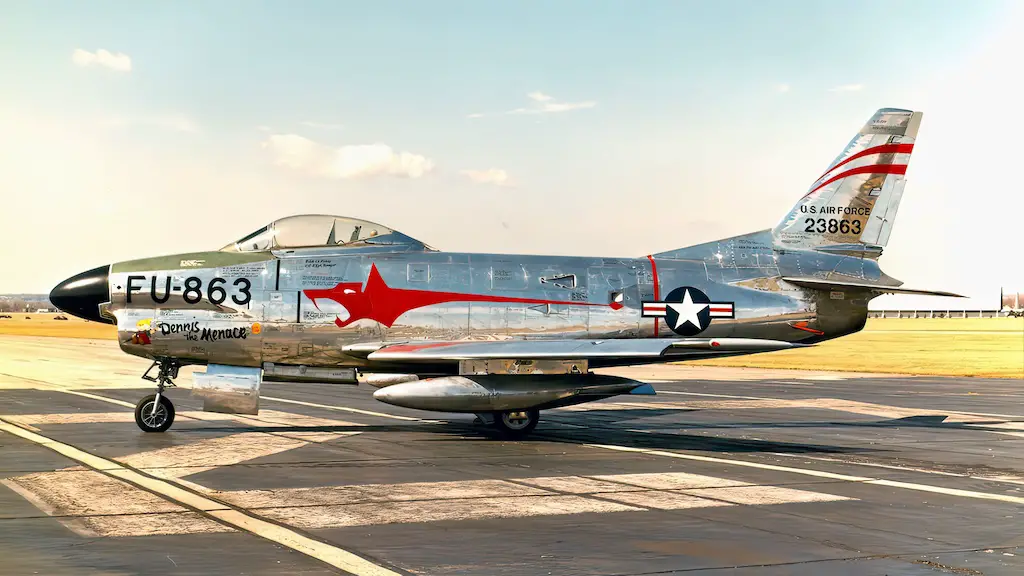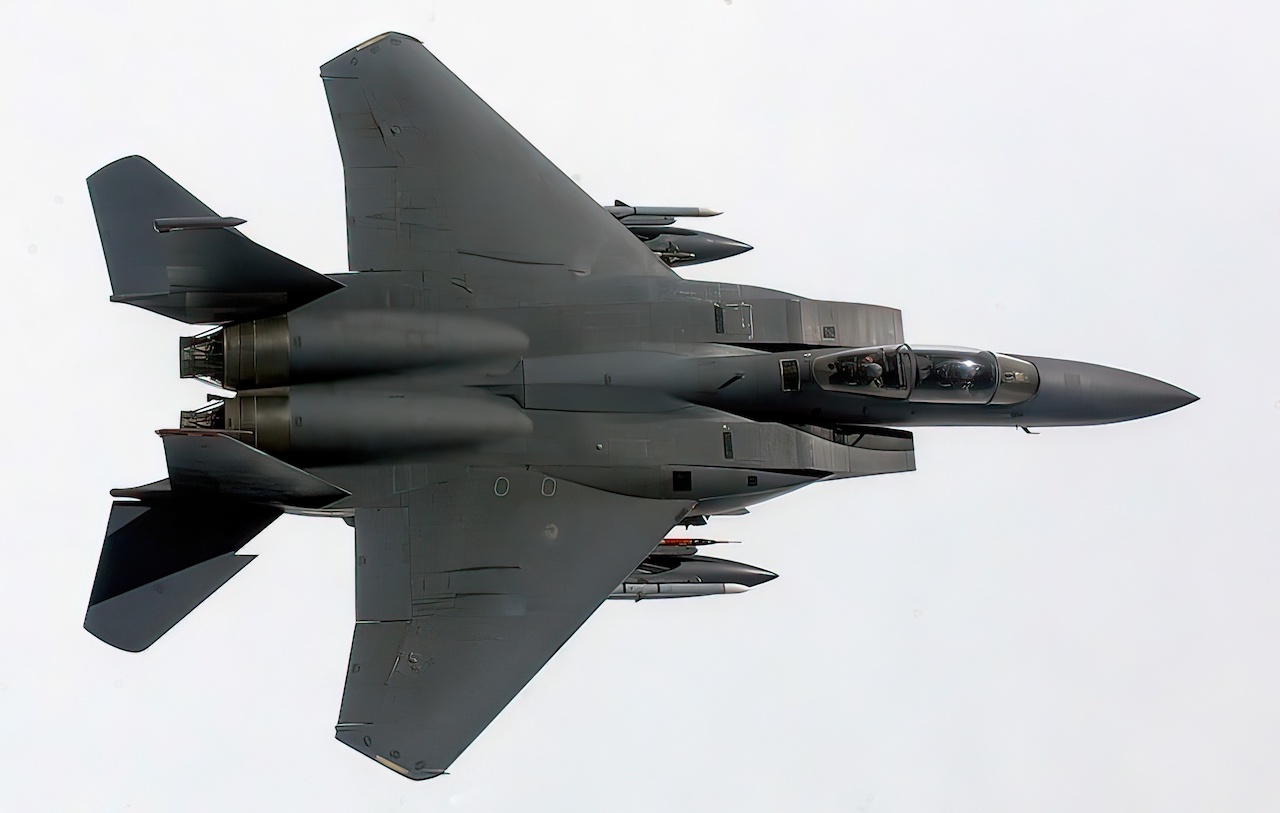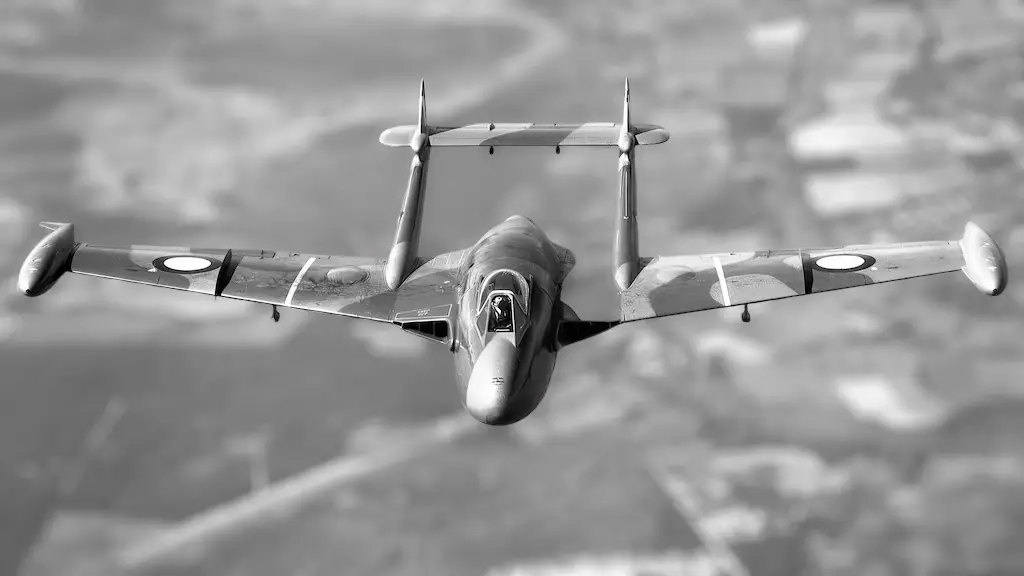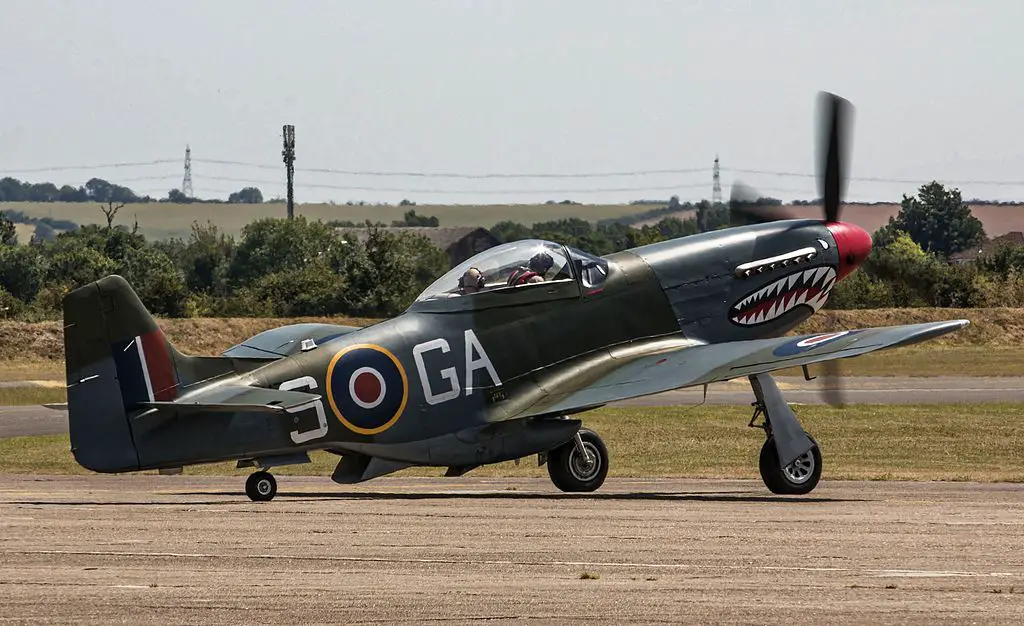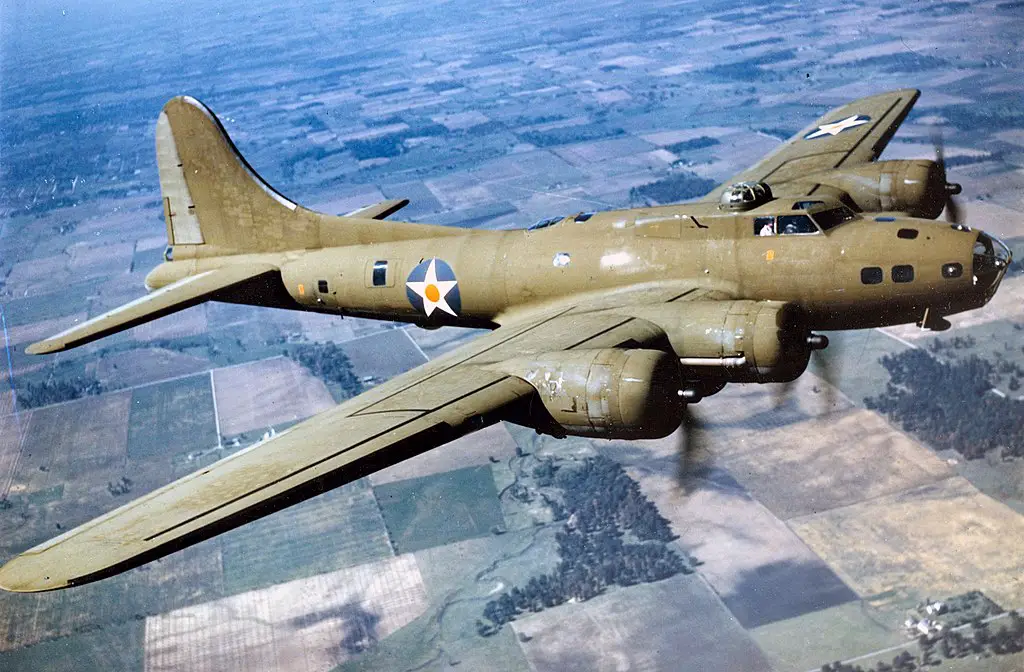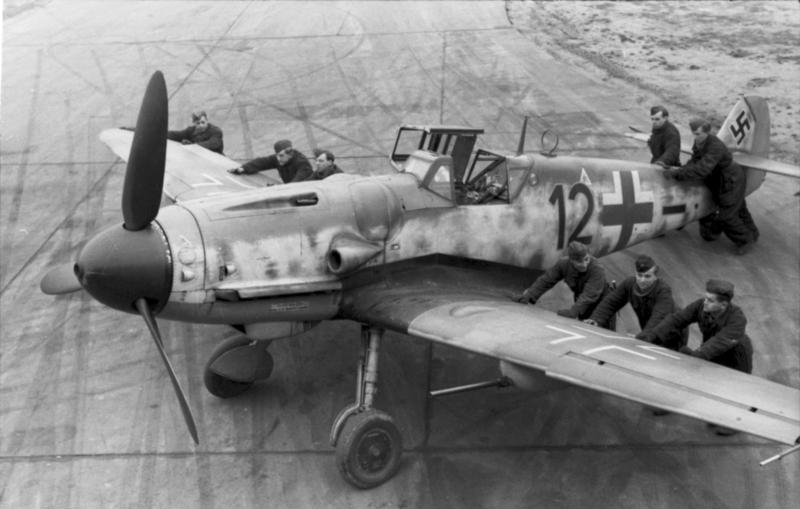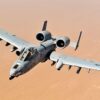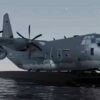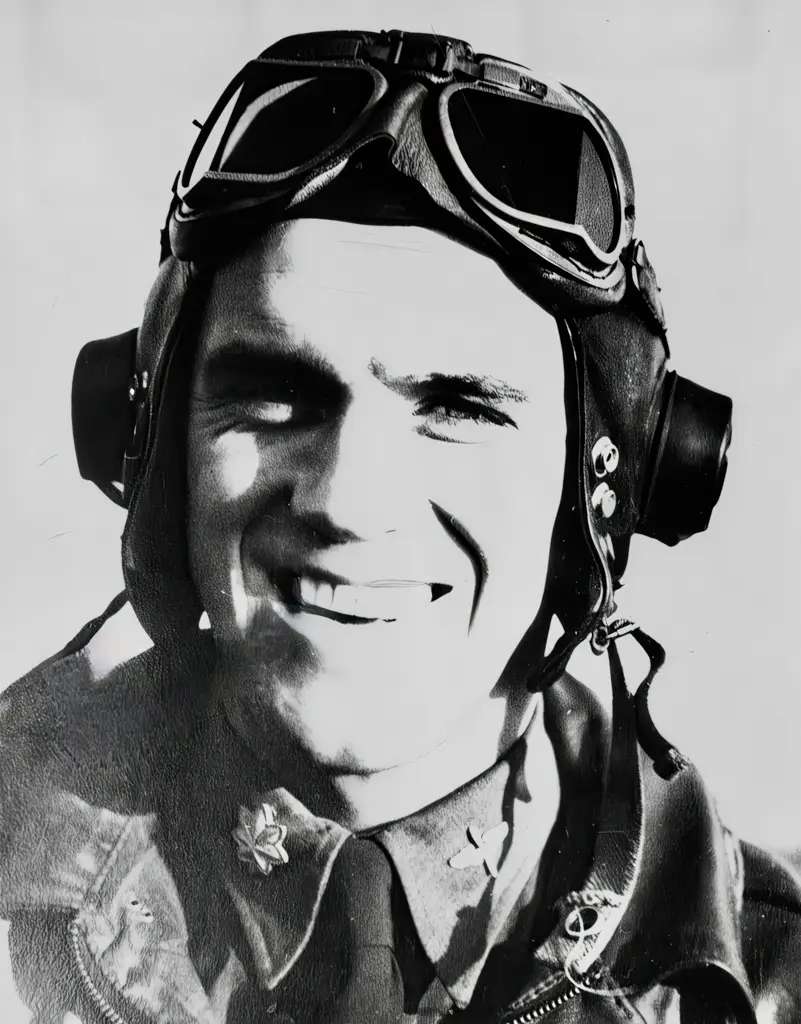
War, by its nature, pushes the boundaries of human morality and ethics. Yet, even amidst the chaos, certain acts are universally deemed beyond the pale. One such act, universally condemned, involves targeting enemy airmen parachuting to safety after their aircraft has been downed. It’s a scenario that speaks volumes about the honor among warriors, even in their darkest hours. This story pivots around a day when an American P-51 Mustang pilot named Richard “Pete” Peterson decided to confront this very breach of honor head-on.
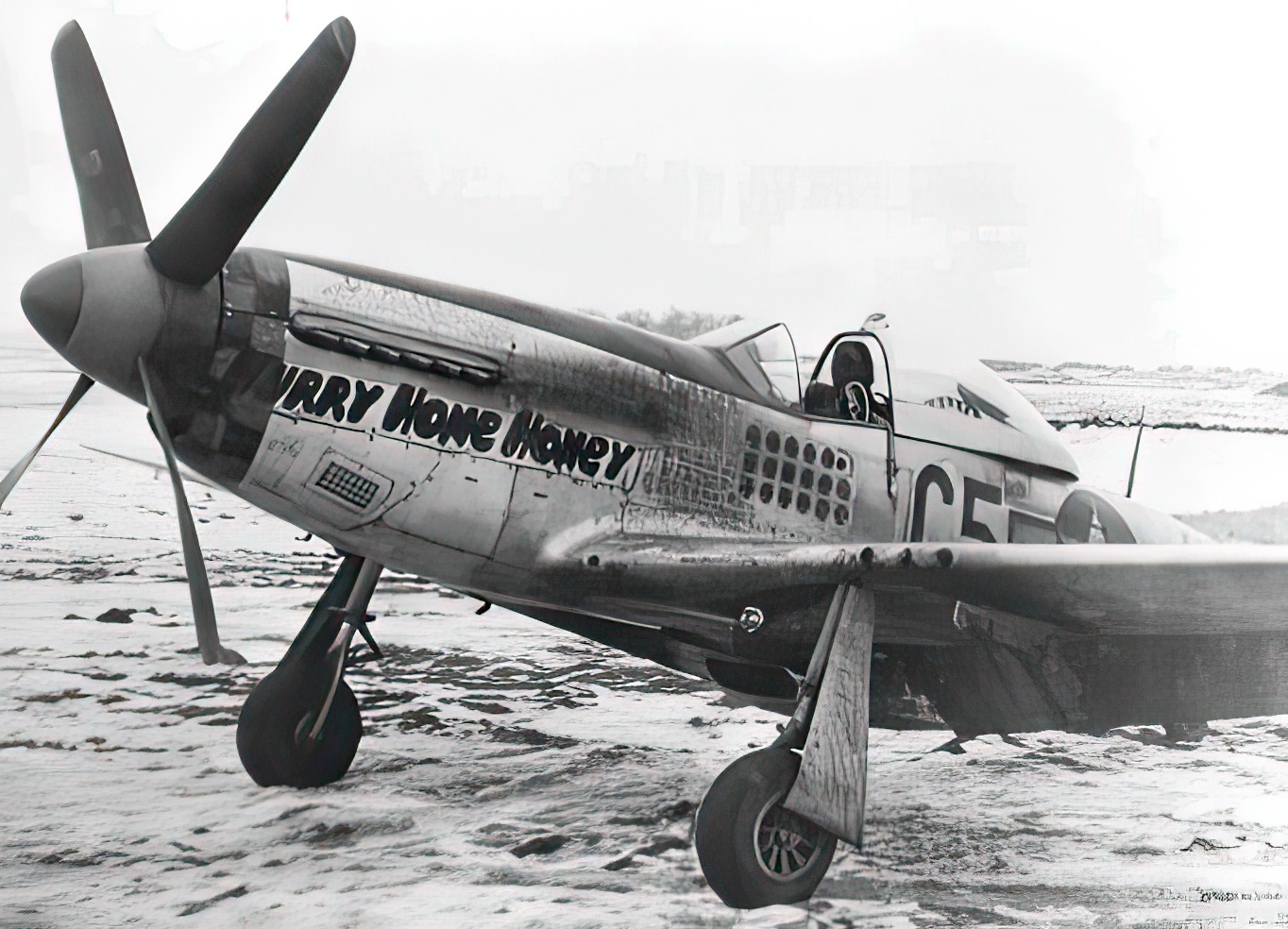
The Ascent of a Fighter Pilot
Richard Peterson embarked on his journey from Minnesota to the European battlefields, a story marked by bravery and resolve. Upon joining the U.S. Army Air Force in 1942, he found himself in the thick of the struggle against Nazi Germany, serving with the renowned 357th Fighter Group. This group, known for its combat excellence, counted legends such as Chuck Yeager and Clarence Anderson among its ranks. Peterson, piloting a P-51 Mustang he affectionately named “Hurry Home Honey” — a reference to his wife’s heartfelt letters — rose to become one of the conflict’s most distinguished aces, securing 15.5 aerial victories.
The introduction of the P-51 Mustang marked a pivotal moment in the aerial conflict over Europe. Its superior range enabled American bomber crews to rely on fighter escorts deep into hostile territory, significantly cutting losses to German interceptors. Peterson and his 357th Fighter Group comrades spearheaded this strategic advance, engaging the Luftwaffe with unparalleled aggression and expertise.
A Mission Imprinted in Memory
During an escort mission deep within Germany, Major Richard Peterson confronted an ethical challenge of great magnitude. While protecting B-17 bombers, his squadron clashed with German BF-109s. In the midst of combat, Peterson witnessed a harrowing act: a German pilot intentionally attacking American airmen parachuting from damaged bombers. This deliberate act of aggression starkly contravened the warrior ethos that dictates conduct in aerial warfare.
Confronted with the enemy’s merciless actions, Peterson resolved to intervene. Demonstrating remarkable precision and resolve, he positioned his Mustang behind the culpable BF-109, aiming to incapacitate rather than destroy. Upon the German pilot’s ejection, Peterson faced a critical decision. He chose a path of retribution, targeting the parachuting adversary to avenge the murdered American airmen. Though contentious, his decision stemmed from a deeply rooted sense of justice and the need to address the egregious violation he had observed.
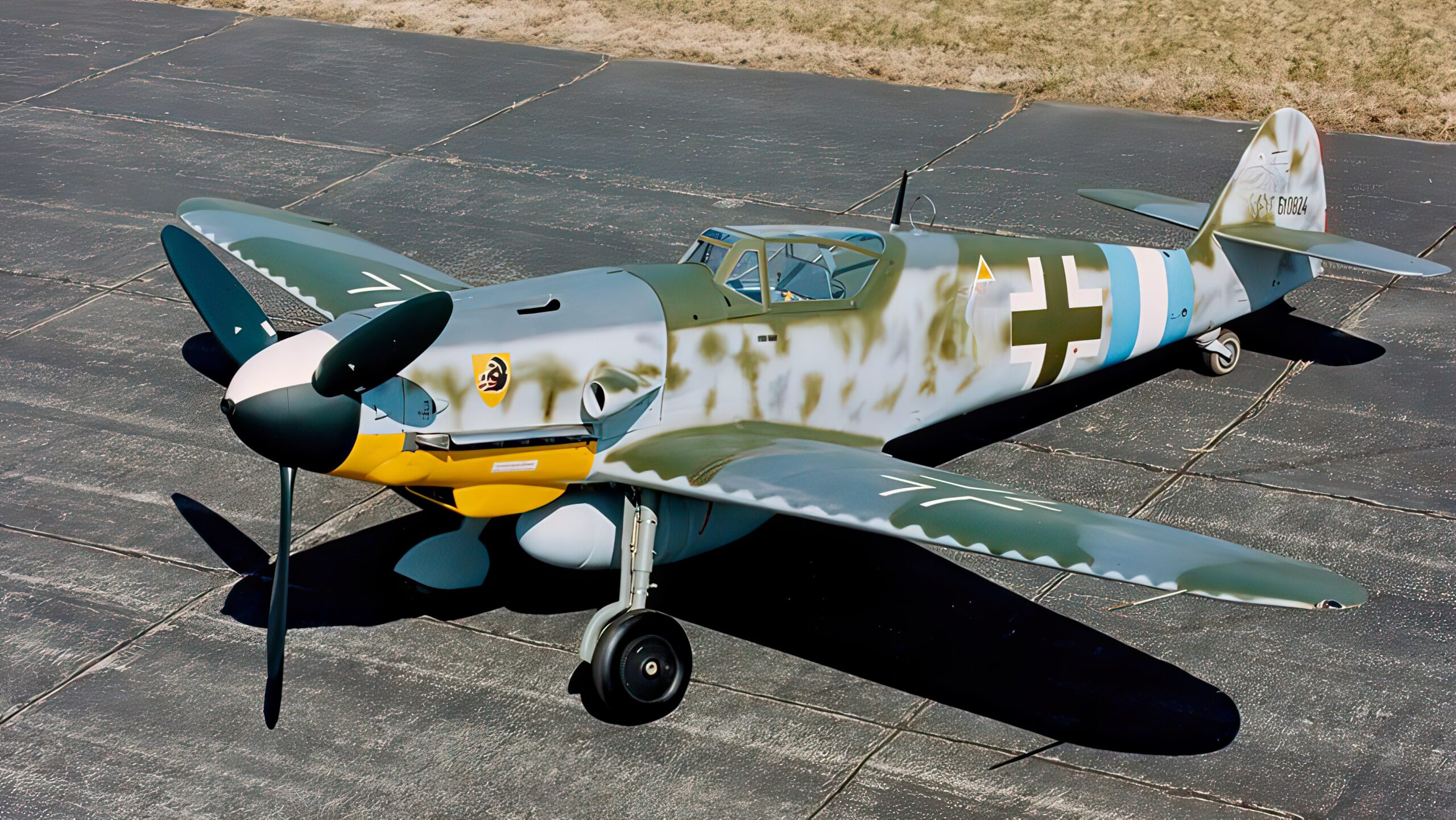
The Heritage of Honor
The wartime deeds of Richard Peterson, culminating in this act of vengeance, illustrate the intricate balance of duty, honor, and morality that warriors navigate. Having survived the war, Peterson was honored with the Silver Star and three Distinguished Flying Crosses, among other decorations. His subsequent career as an architect and his passing in 2000 at the age of 77 concluded a life characterized by dedication, sacrifice, and steadfast adherence to ethical principles.

